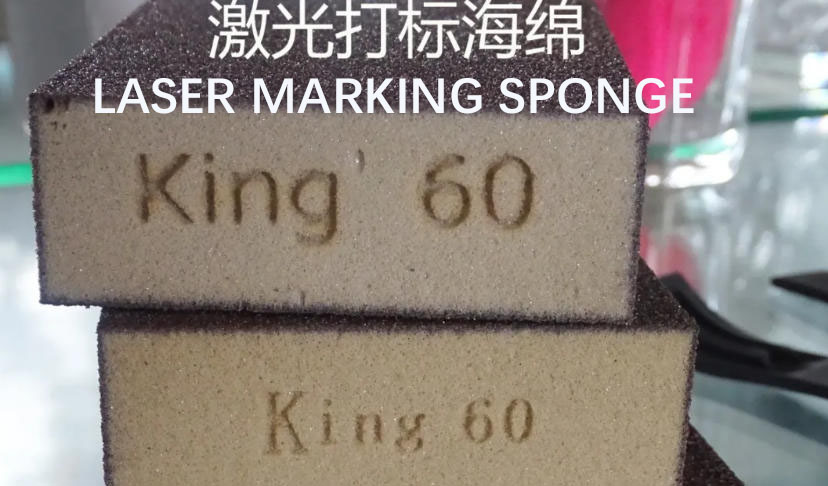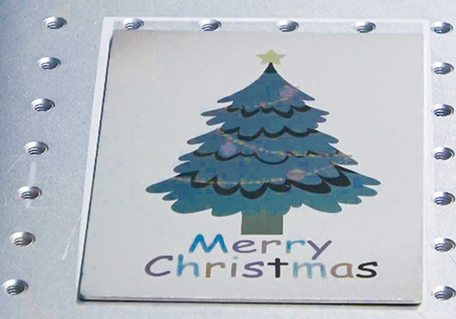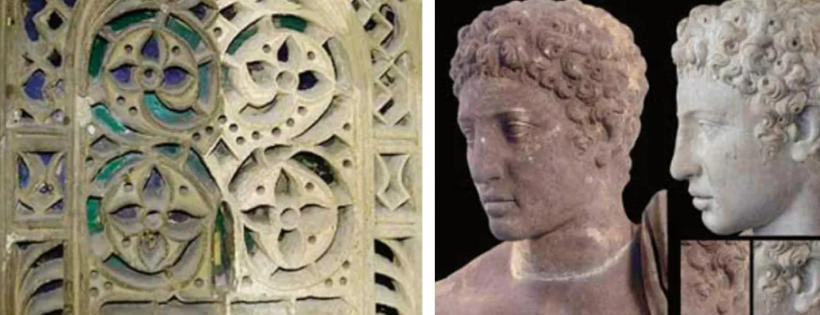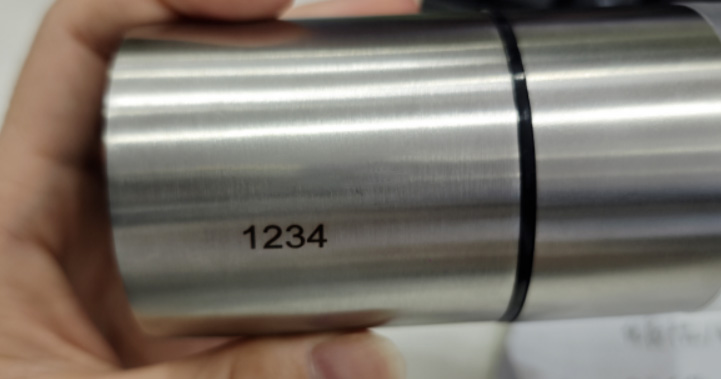
In metal processing, many users wonder whether fiber laser marking will corrode the metal surface like traditional etching methods. The answer is no—fiber laser marking does not cause chemical corrosion. In fact, its non-corrosive marking mechanism is one of the key reasons it has become the preferred technology for metal identification.

To understand this clearly, it is important to distinguish what “corrosion” actually means. Traditional metal marking methods often rely on chemical etching, where strong acids or alkaline solutions react with the metal surface, dissolving a layer of material to create patterns or text. Although this method produces visible marks, the chemicals penetrate the metal surface, damage protective coatings such as galvanization or chrome plating, and may leave micro-corrosion marks. Over time, these weak points can become rust spots, especially on stainless steel and aluminum alloy components that require long-term corrosion resistance.
Fiber laser marking works entirely differently. It uses a high-energy laser beam to create permanent marks through two mechanisms:
Thermal effect:
The laser rapidly heats the surface layer of the metal, causing micro-melting or vaporization. This removes only a very thin layer—typically a few to several dozen microns—creating a precise, shallow engraving.Oxidation effect:
When marking is performed in an oxygen-rich environment, the laser forms a thin oxide layer on the metal surface. The color difference created by this oxide layer results in clear, high-contrast markings, such as the black or blue marks commonly seen on stainless steel.
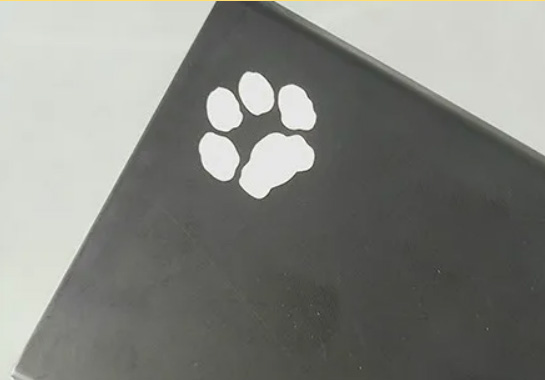
Both processes rely solely on physical or photo-thermal reactions. No chemical reagents are used, and the metallic structure remains stable. As a result, fiber laser marking does not cause corrosion and does not affect the long-term durability of the component.
Real-world applications further confirm this. In the medical industry, stainless steel surgical instruments undergo fiber laser marking for model codes and sterilization dates. These tools must withstand repeated high-temperature sterilization cycles without rusting, and laser markings remain intact. In the automotive industry, fiber-marked engine components, bearings, and precision metal parts maintain long-term stability under heat, oil exposure, and vibration without any corrosion around the marked areas. Fiber lasers also allow precise depth control, preventing structural damage—an advantage chemical etching cannot achieve.
In summary, fiber laser marking forms permanent, high-precision text and patterns through controlled physical effects, without any chemical corrosion. It ensures sharp marking quality, excellent durability, and complete protection of the metal’s original mechanical properties, making it the ideal solution for modern metal processing.
If you want reliable, high-precision metal marking without corrosion risks, fiber laser marking technology is one of the best choices in today’s manufacturing industry. To learn more about laser marking solutions, application cases, and advanced metal processing technologies, feel free to explore our website for professional insights and practical guidance.

